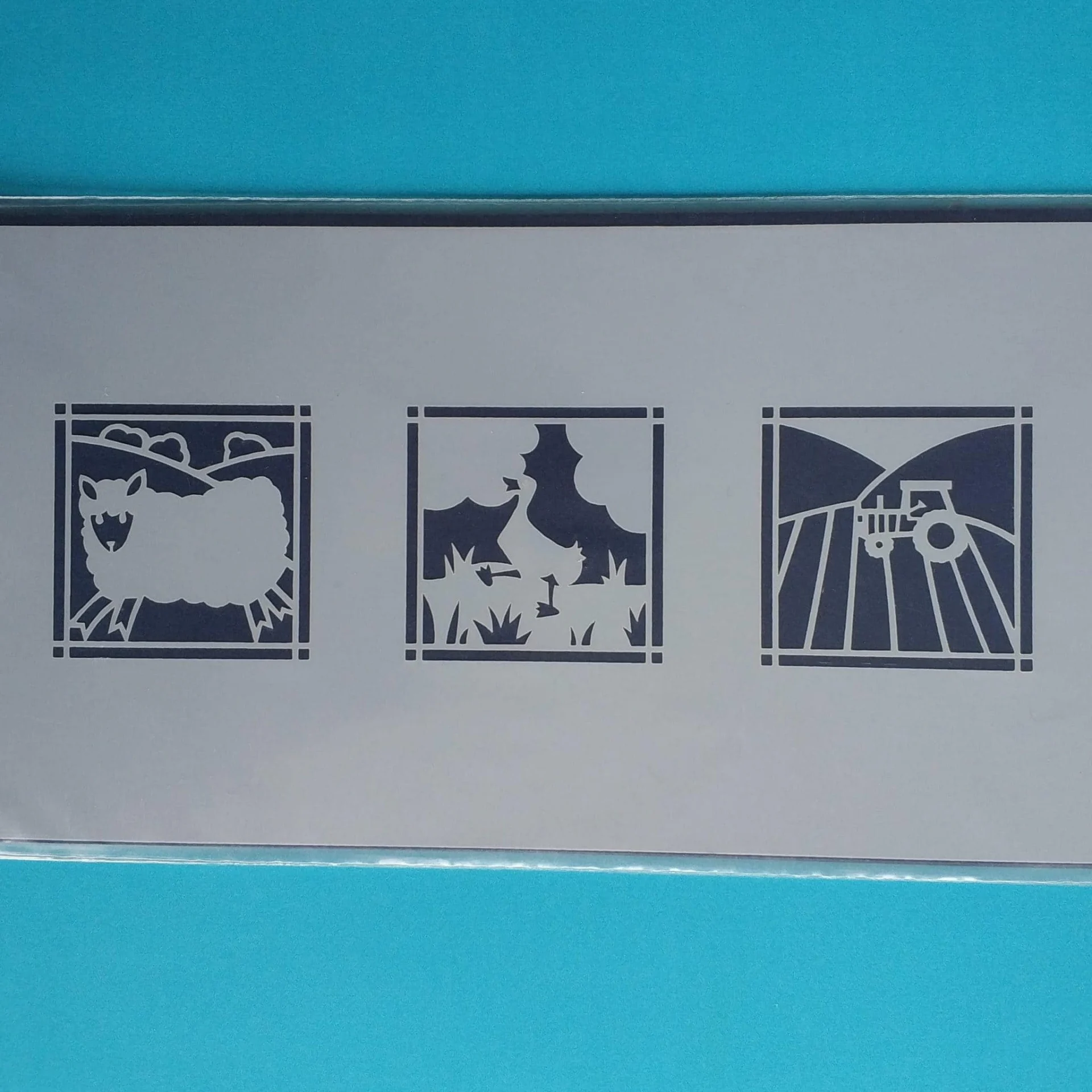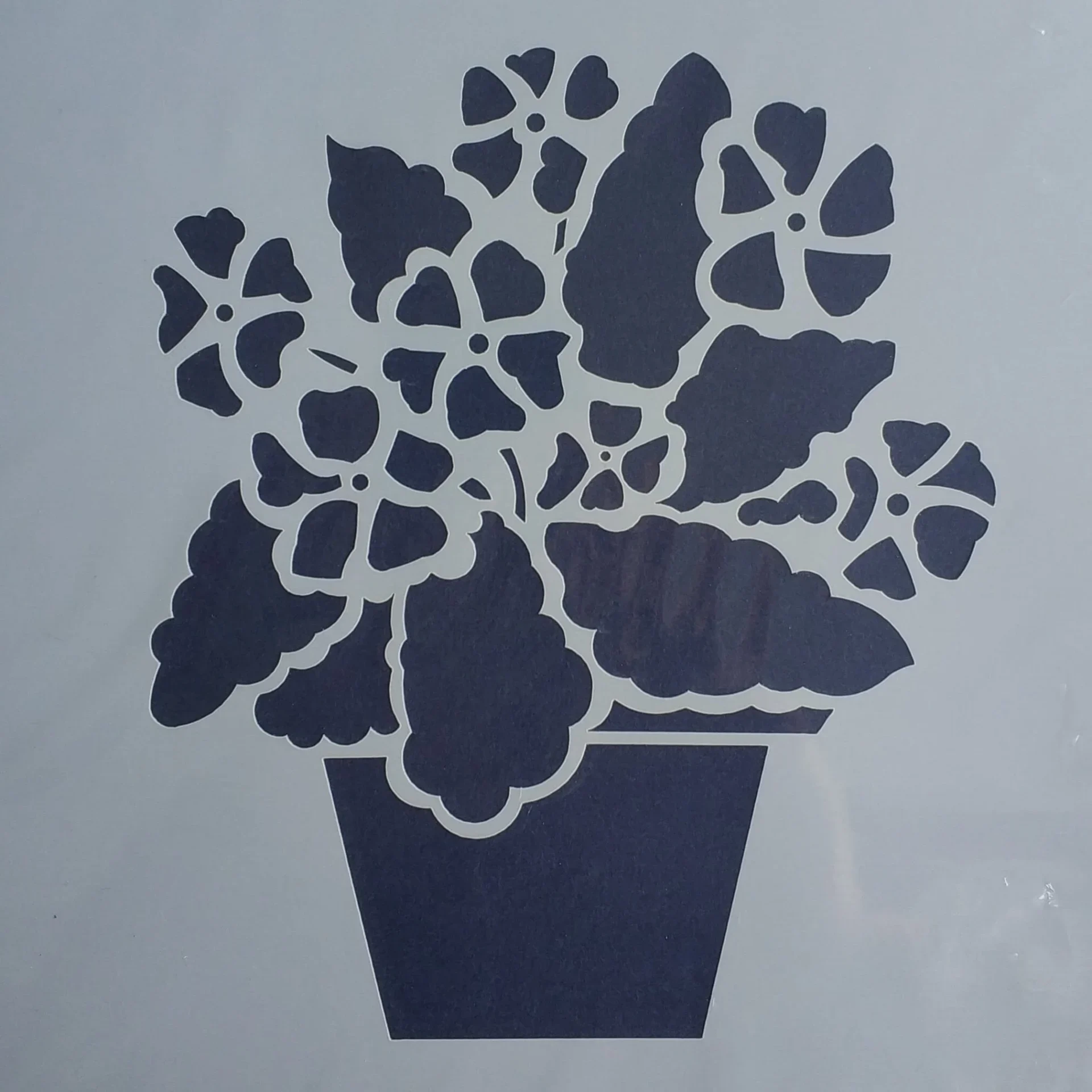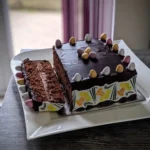
How to make a Pavlova
I have been making pavlova for friends and family for many, many years but it is only now I have finally sat down and written it into a recipe!
Stencils are not just for walls and are so versatile for cake decorating! There are so many different designs to choose from and you can stencil with royal icing, buttercream, liquid or dust food colours.
Our favourite way to use stencils is to use edible dust onto a separate piece of paste and then add the finished stencilled design to the cake.





I have been making pavlova for friends and family for many, many years but it is only now I have finally sat down and written it into a recipe!

This chocolate cake has been an all-time favourite at Ella’s Barn. The cake is lovely and light in texture and suitable for any occasion.
We offer quality products at an affordable price.
We provide fast reliable shipping via Royal Mail.
We take pride in the service we provide to our customers.